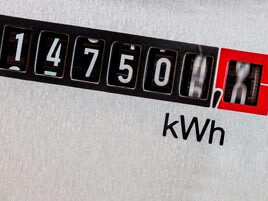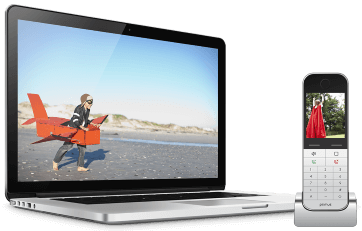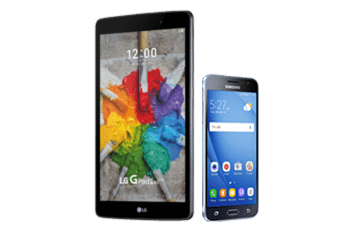Brought to you by Primus - a smart choice for your Internet and Home Phone services.

The average Canadian home has between twenty and forty consumer electronics. Does that sound like a lot? Well, think of your household’s televisions, cable boxes, modems, routers, game consoles, music players, laptops, desktops, monitors, speakers, docking stations, tablets, smartphones . . . and the chargers for every device. That’s a lot of stuff to power, and it sure adds up quickly.
But did you know some of your devices, even when fully charged or turned off, are still drawing power and increasing your energy bill? It’s called “standby power”, and it can account for 5% to 10% of the average Canadian’s power usage.
The majority of household electronics draw power every minute they’re plugged in, even if they’re turned off. In fact, the only way to ensure that a device isn’t drawing power is to unplug it from the wall or use a power bar that can be turned off. And for a lot of us, this isn’t ideal.
So how do you cut down on standby power? We have a few ideas.
Figure Out What Always Needs Power and What Doesn’t
Devices that need to send and receive data constantly, like routers and smart thermostats, should be powered all the time. However, things you aren’t using every minute of every day, like TVs and game consoles, should be unplugged. Of course, this isn’t always practical. You can always go the power bar route and unplug all twelve entertainment centre devices at once—but we have a few other ideas.
Use a Watt Meters
Some libraries even lend out watt meters. You can use one to figure out which devices are using the most standby power.
Unplug Chargers When You’re Done Charging
When your smartphone is plugged into the wall and sitting at 100% charge, it’s still drawing power. And it’s wasting that power as heat; go ahead and touch your charger if you don’t believe us. Unplug to stop using energy.
Create a Charging Station
Do you have a household full of smartphones and tablets? It pays to create a central location with a single power bar so you can monitor energy usage. Unrelated bonuses include keeping all those cables in once place, no more lost cables, and no more forgetting where your phone is charging.
Buy a Smart Power Bar
Smart power bars have two types of outlets: regular ones for devices that always need power and adjustable ones that either cut off power when they detect an idle device or let you manage power manually via a smartphone app. A smart power bar (look for brands like Belkin, Smart Strip, and FlePow) can make managing power usage and cutting down on standby power much easier.
Use Energy Saver Mode
Lots of devices, from computers to microwaves to stoves, have energy saving modes. If you don’t particularly want to unplug a device all the time but do want to cut down on standby power, it would be worth checking to see if the device in question has an energy saver mode.
Buy Energy Star Rated Devices
A simple way to lower your home energy consumption is to buy products that use less energy. The Energy Star program is monitored by the Office of Energy Efficiency, which is part of Natural Resources Canada. It’s their job to review technical specifications of products and allow products have major energy savings to display the Energy Star symbol. For example, Energy Star qualified computers can use between 30% – 60% less energy than non-qualified models, and Energy Star qualified television sets can use 50% less energy in standby mode than other models.
But What’s the Point?
Up to 10% of the average Canadian’s home electronics energy consumption goes to surplus power. That’s about enough to run your refrigerator for an entire year. Standby power adds up quickly, but with these few steps, you can curb it easily.






